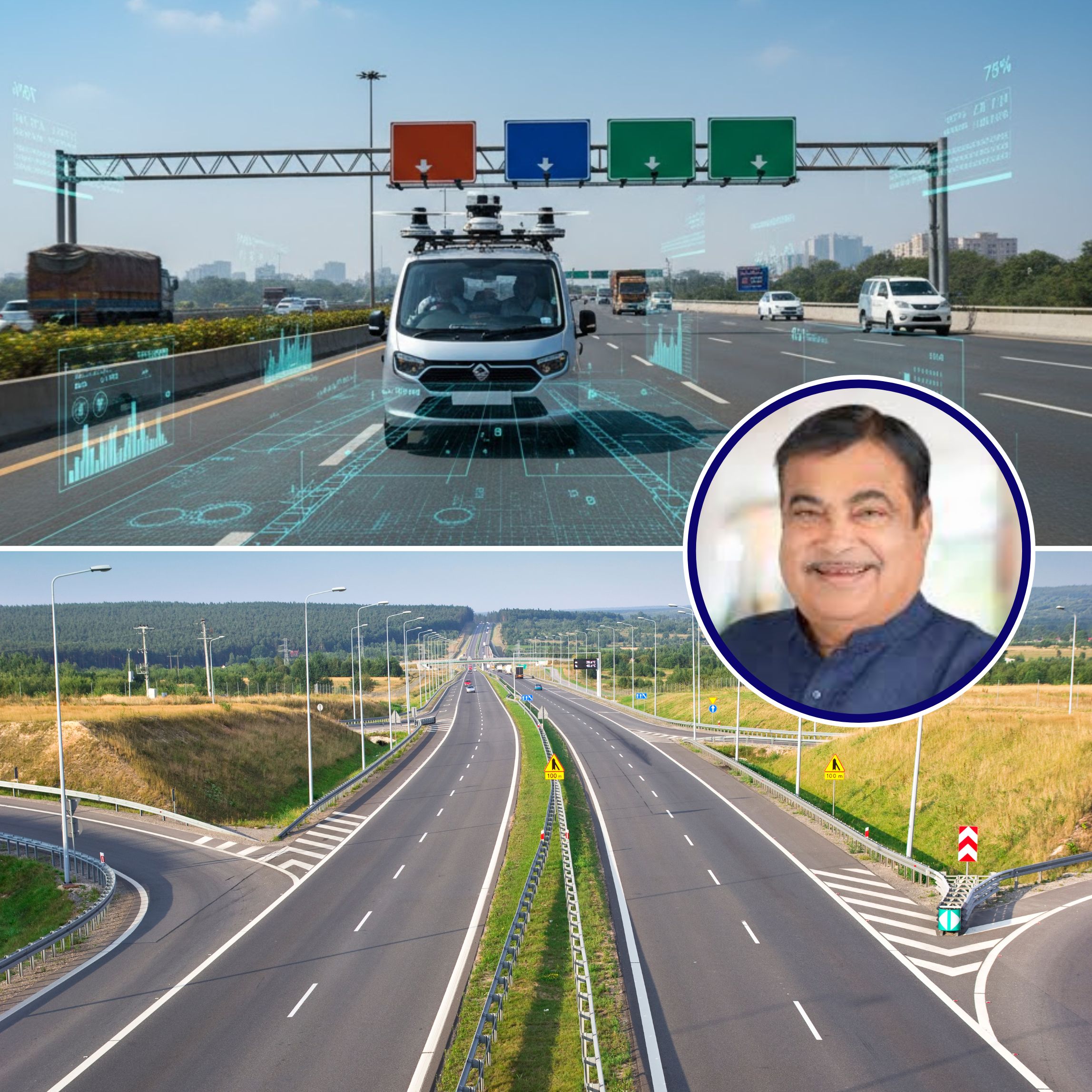The National Highways Authority of India (NHAI) is initiating a major survey project by deploying Network Survey Vehicles (NSVs) equipped with advanced 3D laser-based systems across 23 states. This comprehensive initiative aims to cover around 20,933 kilometres of national highways.
These vehicles will conduct detailed collection, processing, and analysis of road inventory and pavement condition data to identify critical road defects like surface cracking, potholes, and patches. This step represents a significant move towards technology-driven road maintenance and safety improvements.
Automated Road Defect Detection
The NSVs use state-of-the-art 3D laser technology enabling automatic capture and reporting of road defects without human intervention. This system precisely detects surface anomalies, ensuring no defect goes unnoticed.
The Ministry of Road Transport and Highways announced that this advanced survey method will provide richer data about highways’ conditions, enhancing monitoring accuracy and maintenance planning. The information collected will be uploaded onto NHAI’s AI-based Data Lake portal, where a dedicated team of experts will analyse it to facilitate swift and informed decision-making on repairs and upkeep.
Highways With Varied Lanes
This project targets national highways spanning two- to eight-lane roads, covering diverse geography and traffic scenarios to create an accurate and dynamic road condition database. The roads monitored will include various stretches that face regular wear and tear issues due to heavy traffic and climatic conditions.
Officials expect this initiative to substantially improve roadway safety, reduce accidents linked to poor road quality, and optimise maintenance costs by prioritising repairs based on precise, data-driven insights. The AI-powered analysis enables early intervention to fix defects before they worsen into more serious hazards.
The Logical Indian’s Perspective
The integration of 3D sensor technology to monitor national highways underlines the critical role of innovation in public infrastructure management. This approach exemplifies how smart technologies can improve citizens’ safety and quality of life through better-maintained roads. Still, such measures must be implemented with transparency, inclusivity, and regular public reporting to ensure accountability and trust.
News in Q&A
- What exactly is NHAI doing with the 3D survey vehicles?
NHAI is deploying specially equipped Network Survey Vehicles that use 3D laser scanning and other sensors to automatically detect pavement defects such as cracks and potholes across over 20,900 km of national highways in 23 states. The vehicles continuously collect detailed road data to enable faster and more accurate maintenance decisions. - Why is this new technology important for India’s highways?
This technology shifts highway management from reactive to proactive by using real-time, precise data to spot issues early. It aims to improve road safety, reduce accidents caused by defects, and lower long-term maintenance costs through timely repairs rather than costly restorations. - How will the data be used and who analyses it?
Data collected by the NSVs will be uploaded to NHAI’s AI-based Data Lake portal. A team of experts analyses the data to create actionable insights which guide maintenance schedules, asset management, and highway upgrades. Data is preserved in a Road Asset Management System for ongoing use and reference. - Which highways and states are covered, and how often is the survey done?
The surveys cover highways with two to eight lanes spanning 23 Indian states, encompassing diverse traffic and geographical conditions. Data is collected before new construction begins and then every six months regularly to track and maintain road conditions. - What impact is this expected to have on commuters and road safety?
Officials expect improved monitoring and quicker repairs to decrease accident rates and enhance safety features on national highways. Commuters should experience smoother rides and reduced vehicle damage due to timely maintenance, making travel across major routes safer and more comfortable.













